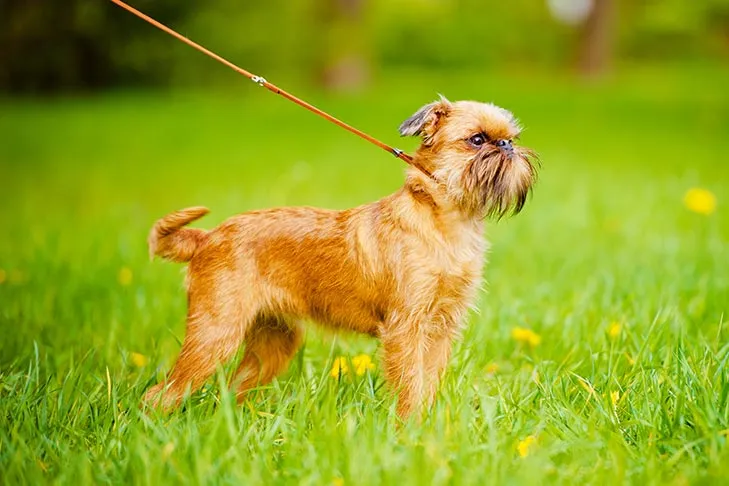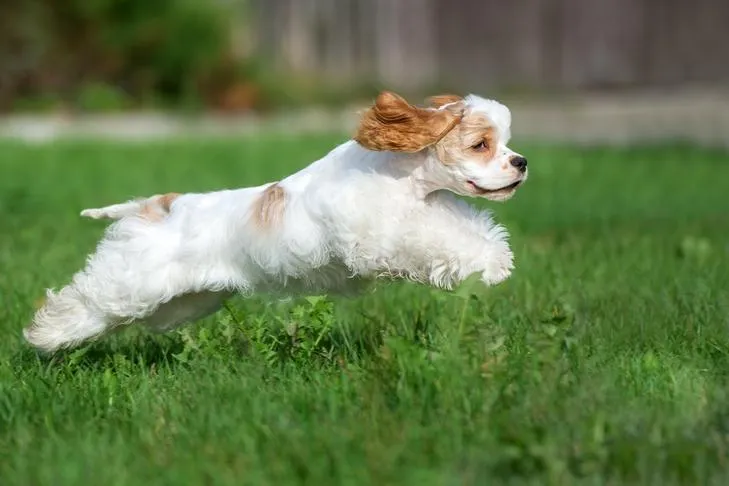Learning to come when called, or achieving a reliable recall, is one of the most crucial skills your dog can master. It’s a vital safety measure that protects your dog in various situations. However, teaching recall can be challenging, as dogs find the world full of captivating distractions. Each time you call, you’re asking them to disengage and return. To build a reliable recall, we must teach our dogs that being near us is the most rewarding and enjoyable experience. This guide explores How Do I Teach My Dog Recall, making it a fun and positive interaction. how to get your dog from jumping on you
What Is Reliable Recall?
“Reliable recall” means that when you call your dog, you can be almost entirely confident – say, 99.99% sure – that they will respond enthusiastically and come back to you. While dogs aren’t robots and there’s never an absolute guarantee they will obey every single cue, for a life-saving skill like recall, the goal is to achieve the highest possible consistency.
Having a dependable recall is especially critical if you ever plan to allow your dog off-leash in unfenced areas or public spaces like dog parks. More importantly, it’s an indispensable skill in emergency situations, such as if your dog accidentally slips out of their collar or leash.
Alternatives to Off-Leash Play
It’s perfectly acceptable to keep your dog on a leash if you’re not fully confident in their recall abilities yet. There’s no need to rush the process. Instead of off-leash play, consider allowing them to explore in securely fenced areas or utilizing a long leash. A long leash provides your dog with more freedom to roam and investigate their surroundings while still keeping them safely connected to you. This can be a great way to build confidence and gradually introduce more space into your training routine.
 A Brussels Griffon dog on a leash standing in green grass
A Brussels Griffon dog on a leash standing in green grass
Regardless of how strong your dog’s recall is, it is crucial to always respect local leash laws. This applies not only to public parks and trails but also to your own property, including your front yard or any area that isn’t fully fenced. Adhering to these regulations ensures your dog’s safety and shows consideration for others in the community.
Training Your Dog for Reliable Recall
To successfully teach your dog recall, make training a fun game. Begin in a calm, low-distraction environment, like your home. First, get your dog’s attention with a toy or tasty treat. As they approach, praise them, and reward them generously when they reach you. After repetitions, when your dog consistently moves towards you, introduce your verbal cue (“come,” “here,” etc.). Only add the cue when you are confident your dog is already coming. how to get a stubborn dog to come inside
Gradually increase the challenge by asking your dog to come before showing the treat. Always reward with a high-value treat like chicken, cheese, or beef liver upon their arrival to build a strong positive association. Slowly add distance within your low-distraction environment. Consistency and positive reinforcement are key.
Engaging Recall Games
Transforming recall training into fun games can significantly boost your dog’s motivation. Here are a few engaging activities:
- Catch Me: While walking your dog on-leash, get their attention, then turn and run a few steps. As your pup moves with you, say “Come!” or your verbal recall. After a few steps, stop and reward with a treat or toy. Ensure your dog is attentive before you run to prevent leash yank.
- Find Me: Once your dog masters basic recall, build speed by calling them from another room. When they find you, offer lots of praise and rewards. This hide-and-seek game is fun for both pets and people! how do you teach a puppy not to jump up
- Hot Potato: Take two or more family members or friends, each with high-value treats. Stand apart and take turns calling your dog between you. Reward your dog each time they come to the person who called them.
A common training mistake is to recall your dog, leash them, and go home. Dogs quickly learn to view recall as the end of fun, making them less likely to come. A better method: recall, praise, treat, then release your dog to continue their activity.
Avoiding a “Poisoned Cue”
“Come! Come! Come! Come! Come! Please come!”
If this sounds like your dog’s current recall, you may have a “poisoned cue.” This occurs unintentionally when the cue has an unclear meaning or takes on a negative association for the dog, leading them to ignore it. The easiest way to poison a cue is to overuse it, repeating the word without your dog responding.
 A happy Cocker Spaniel dog running freely in a grassy yard
A happy Cocker Spaniel dog running freely in a grassy yard
In this situation, the best approach is to change your verbal cue. For instance, if you used “come,” switch to “here” or “close.” Reintroduce the new recall cue by going back to basics, starting in a low-distraction environment. how to stop my dog from jumping on the couch
Essential Recall Training Tips
Mastering dog recall demands patience, consistency, and a positive approach. Here are some critical tips for success:
- Avoid Repeating Yourself: If you constantly repeat your recall cue, the environment is likely too distracting, or your dog hasn’t grasped the skill for that level. Step back to a less distracting setting.
- Reward Eye Contact: Praise and treat your dog when they make eye contact or choose to be close. This reinforces that good things happen when they’re attentive to you.
- Never Punish for Coming: Always praise enthusiastically when your dog comes, even if delayed. Punishment creates negative associations, hindering future recalls.
- High-Value Rewards Are Key: Use your dog’s most enticing treats and toys for recalls. This builds a strong positive association with coming to you, especially during learning.
- Practice Daily: Incorporate daily recall practice, gradually increasing difficulty and distractions. Rushing confuses your dog and reduces reliability. how to teach a dog to not pull
- In Emergencies, Don’t Chase: If your dog runs off, avoid chasing; it often becomes a game. Instead, run away from them to inspire them to chase and follow you.
Conclusion
Teaching your dog a reliable recall is an investment in their safety and your peace of mind. By making training positive, rewarding, and fun—starting in low-distraction environments and gradually increasing challenge—you can build a strong, consistent response. Remember to use high-value treats, avoid “poisoning the cue,” and always reinforce coming to you with praise. With consistent practice and understanding, you and your furry friend will enjoy the freedom and confidence a dependable recall brings. Start practicing today for a well-trained, safer companion!
